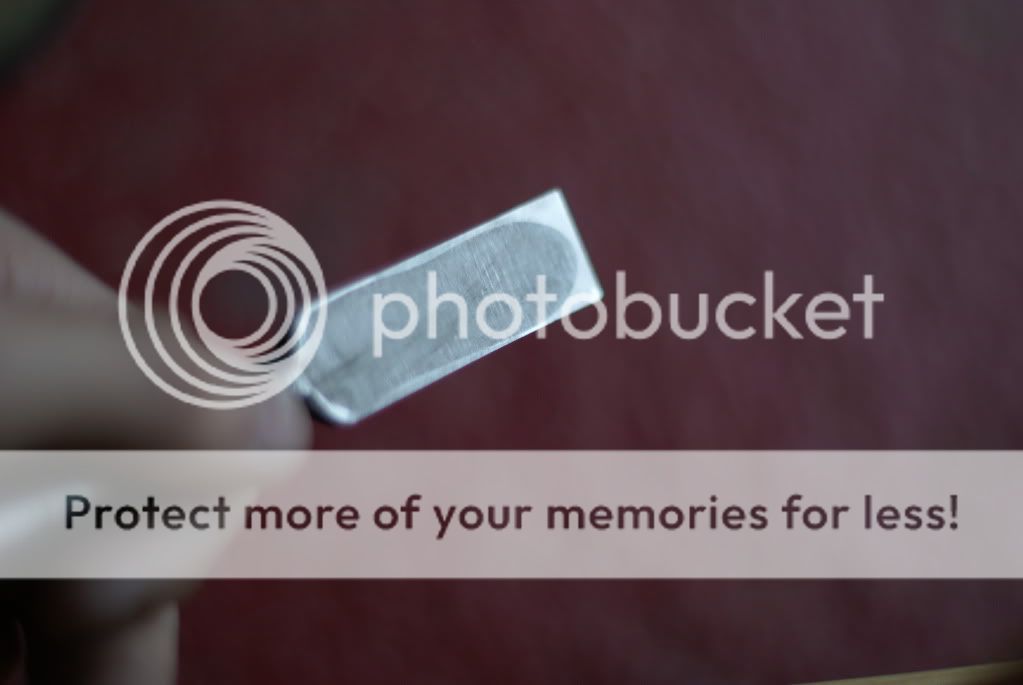mtt.tr
Established Member
Well i had to flatten one of after noticing it had never been done and noticed this the hollow seems close to the edge i cant think it would be a problem because of the shape of the chisel but wanted to double check




Alan Jones":3gon0iep said:Looks absolutely fine, no problems there
dh7892":2lljt9cw said:It's called the "Ura" and it's meant to be there. Saves time and effort flattening the back.
After years of sharpening and flattening the back, you may have to reform the Ura so that the edge stays flat but that will be a way down the line yet.
dh7892":3vh4fv90 said:It is my belief that you are supposed to pein the front of the chisel to flatten a bit more of the Ura when it's getting near to the cutting edge.
If you just grind it flat, I believe that you will remove the (thin) layer of hard steel from the sides .
Enter your email address to join: